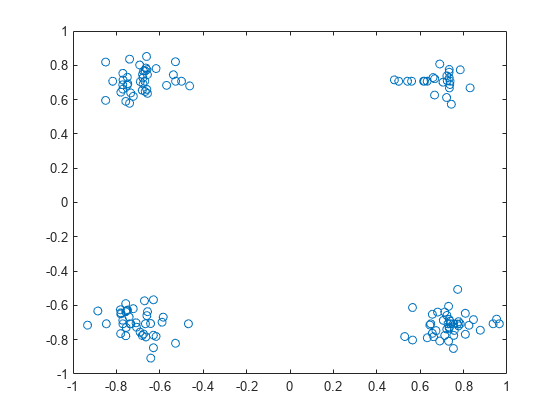ltePSCCHDecode
PSCCH decoding
Description
softbits = ltePSCCHDecode(sym)
The PSCCH decoder performs SC-FDMA transform deprecoding, QPSK
demodulation, and PSCCH-specific descrambling. These operations are
the inverse of the ltePSCCH function
processing, as defined in TS 36.211 [1], Section 9.4. For more information, see Physical Sidelink Control Channel Processing.
Examples
Input Arguments
Output Arguments
More About
References
[1] 3GPP TS 36.211. “Evolved Universal Terrestrial Radio Access (E-UTRA); Physical Channels and Modulation.” 3rd Generation Partnership Project; Technical Specification Group Radio Access Network. URL: https://www.3gpp.org.
Version History
Introduced in R2016b
See Also
ltePSCCH | ltePSCCHIndices | ltePSCCHDRS | ltePSCCHDRSIndices | ltePSCCHPRBS
